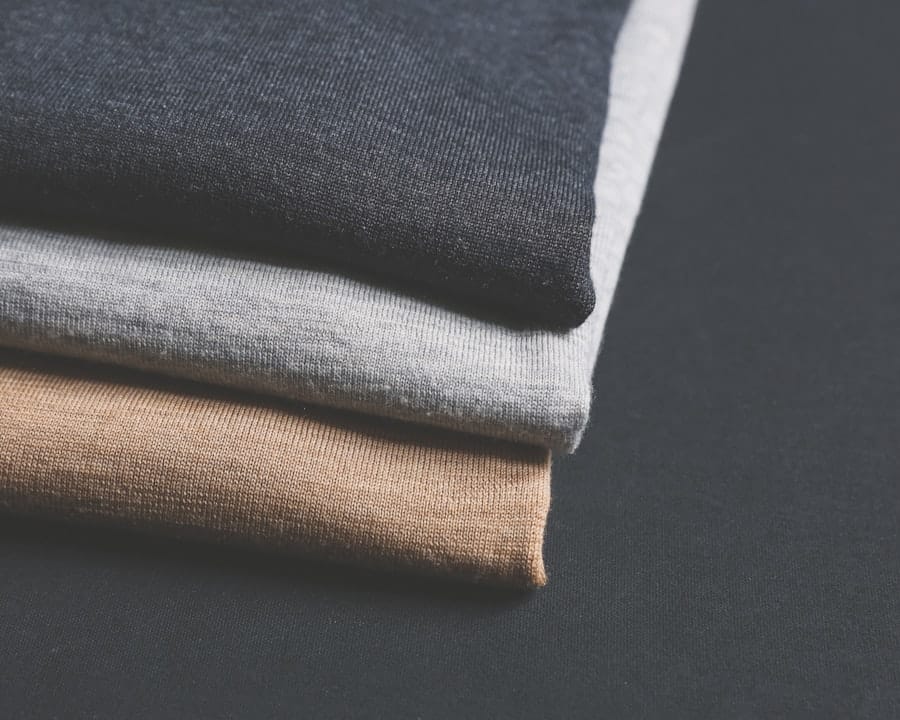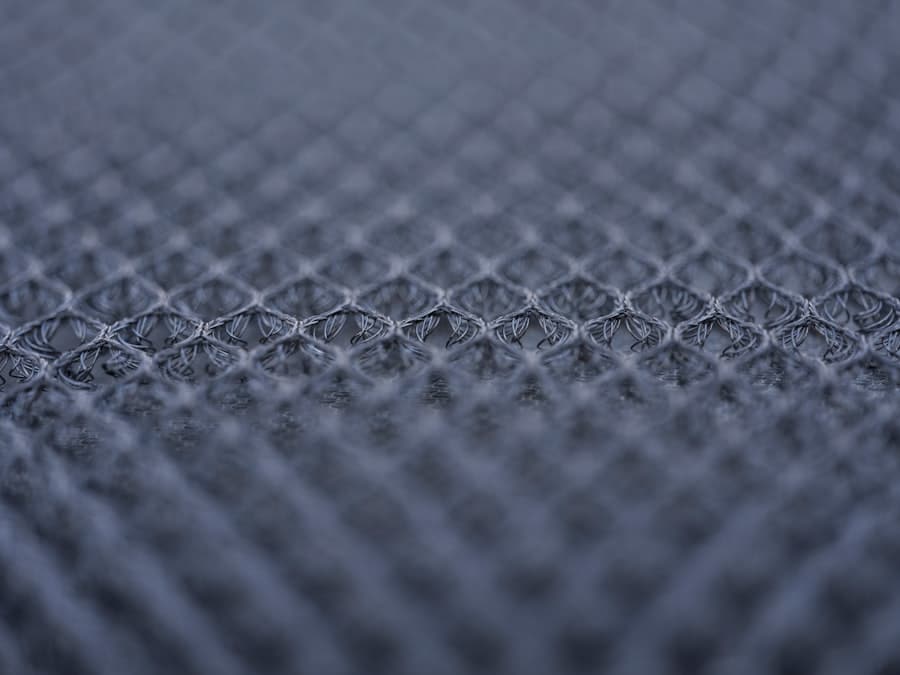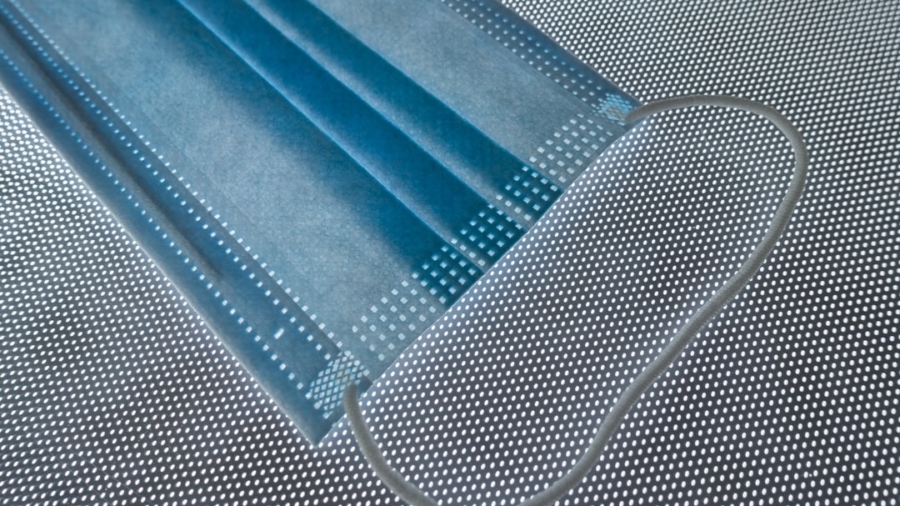Smart fabrics, also known as e-textiles or intelligent textiles, represent a revolutionary intersection of technology and textile design. These innovative materials are engineered to sense and respond to environmental stimuli, such as temperature, moisture, and even biological signals. The evolution of smart fabrics has been propelled by advancements in nanotechnology, materials science, and electronics, allowing for the integration of sensors and actuators directly into the fabric itself.
This integration enables garments and textiles to perform functions beyond traditional uses, transforming them into dynamic entities capable of interacting with their wearers and surroundings. The concept of smart fabrics is not entirely new; however, recent technological breakthroughs have significantly enhanced their capabilities. For instance, the incorporation of conductive fibers and flexible electronics has paved the way for fabrics that can monitor physiological parameters in real-time.
This has profound implications for various sectors, including healthcare, sports, and fashion. As the demand for personalized and responsive clothing grows, smart fabrics are poised to play a crucial role in enhancing user experience and improving overall well-being.
Key Takeaways
- Smart fabrics are revolutionizing the textile industry by integrating technology to monitor hydration and temperature.
- Monitoring hydration and temperature is crucial for maintaining health and wellness, especially during physical activities and in extreme environments.
- Smart fabrics use sensors and conductive materials to monitor hydration levels and body temperature, providing real-time data to the user.
- The use of smart fabrics for hydration and temperature monitoring can improve performance, prevent dehydration, and enhance safety in various industries.
- Smart fabrics have diverse applications in sports, healthcare, military, and fashion industries, offering potential benefits for users in different settings.
The Importance of Monitoring Hydration and Temperature
Monitoring hydration and temperature is essential for maintaining optimal health and performance, particularly in environments where physical exertion is prevalent. Dehydration can lead to a myriad of health issues, including fatigue, decreased cognitive function, and impaired physical performance. In athletes, for example, even mild dehydration can significantly affect endurance and strength.
Therefore, having a reliable method to monitor hydration levels can be a game-changer in sports medicine and training regimens. Temperature regulation is equally critical, as the human body operates within a narrow temperature range for optimal functioning. Extreme temperatures can lead to heat stress or hypothermia, both of which pose serious health risks.
Smart fabrics equipped with temperature sensors can provide real-time feedback to users, alerting them when they are at risk of overheating or becoming too cold. This capability is particularly beneficial in outdoor sports or occupations where individuals are exposed to varying environmental conditions. By continuously monitoring these vital parameters, smart fabrics can help users make informed decisions about their hydration and clothing choices.
How Smart Fabrics Work

The functionality of smart fabrics hinges on the integration of various technologies that allow them to sense environmental changes and respond accordingly. At the core of these fabrics are sensors that detect specific parameters such as moisture levels and temperature. These sensors can be made from conductive materials that change their electrical properties in response to environmental stimuli.
For instance, a fabric embedded with moisture sensors can detect changes in humidity levels caused by sweat or external moisture. Once the sensors collect data, it is transmitted to a processing unit, often embedded within the fabric or connected via Bluetooth to a smartphone or wearable device. This processing unit analyzes the data in real-time and can trigger alerts or recommendations based on predefined thresholds.
For example, if the fabric detects that a wearer’s body temperature is rising above a safe level, it can send an alert to the user’s smartphone or vibrate to notify them to take action, such as hydrating or seeking shade. Moreover, some smart fabrics are designed to actively respond to environmental changes. For instance, phase change materials (PCMs) can be incorporated into textiles to absorb or release heat based on temperature fluctuations.
This means that when the wearer is exposed to heat, the PCM absorbs excess warmth, helping to keep the body cool. Conversely, when temperatures drop, the PCM releases stored heat to maintain warmth. This dynamic interaction between the fabric and its environment exemplifies how smart textiles can enhance comfort and safety.
Benefits of Using Smart Fabrics for Hydration and Temperature Monitoring
The advantages of utilizing smart fabrics for hydration and temperature monitoring are manifold. One of the most significant benefits is the ability to provide real-time data that empowers users to make informed decisions about their health and well-being. For athletes, this means being able to monitor hydration levels during training sessions or competitions without needing to rely solely on subjective feelings of thirst.
By receiving timely alerts about dehydration risks, athletes can take proactive measures to maintain optimal performance. In addition to enhancing athletic performance, smart fabrics also have applications in healthcare settings. For patients with chronic conditions such as diabetes or cardiovascular diseases, continuous monitoring of hydration and temperature can be crucial for managing their health effectively.
Smart fabrics can provide healthcare professionals with valuable data that aids in treatment decisions and helps prevent complications associated with dehydration or temperature-related illnesses. This capability not only improves patient outcomes but also reduces healthcare costs by minimizing hospital visits and emergency interventions. Furthermore, smart fabrics offer convenience and comfort that traditional monitoring methods cannot match.
Wearable devices like fitness trackers often require users to remember to charge them or wear them consistently. In contrast, smart fabrics seamlessly integrate into everyday clothing, making them less intrusive and more user-friendly. This ease of use encourages consistent monitoring, leading to better health management over time.
Applications of Smart Fabrics in Different Industries
The versatility of smart fabrics has led to their adoption across various industries beyond sports and healthcare. In the fashion industry, designers are increasingly exploring how smart textiles can enhance aesthetic appeal while providing functional benefits. For instance, garments that change color based on temperature or moisture levels not only serve a practical purpose but also create visually striking designs that engage consumers on multiple levels.
In the military sector, smart fabrics are being developed for use in uniforms that monitor soldiers’ vital signs and environmental conditions. These textiles can provide real-time data on hydration levels and body temperature during missions, allowing commanders to make informed decisions about troop safety and readiness. Additionally, smart fabrics can be engineered to offer protection against environmental hazards such as extreme temperatures or chemical exposure.
The automotive industry is also beginning to explore the potential of smart fabrics for enhancing passenger comfort and safety. Seats embedded with temperature-regulating materials can adjust based on individual preferences or external weather conditions, creating a more pleasant driving experience. Furthermore, smart textiles could be used in vehicle interiors to monitor occupants’ health metrics, providing alerts if someone is at risk of overheating or experiencing distress.
Challenges and Limitations of Smart Fabrics

Despite their promising potential, smart fabrics face several challenges that must be addressed for widespread adoption. One significant hurdle is durability; integrating electronic components into textiles raises concerns about wear and tear over time. Traditional fabrics are subject to stress from washing, wearing, and environmental exposure; adding sensors and electronics complicates this issue further.
Manufacturers must develop robust solutions that ensure the longevity of smart fabrics while maintaining their functionality. Another challenge lies in data privacy and security. As smart fabrics collect sensitive information about users’ health metrics, there is an inherent risk associated with data breaches or unauthorized access.
Ensuring that user data is securely transmitted and stored is paramount for building trust among consumers. Manufacturers must implement stringent security measures and comply with regulations regarding personal health information to mitigate these risks. Additionally, there is a need for standardization within the industry.
With various manufacturers developing their own technologies and protocols for smart fabrics, interoperability becomes a concern. Users may find it challenging to integrate different devices or systems if they do not adhere to common standards. Establishing industry-wide guidelines will facilitate smoother communication between devices and enhance user experience.
Future Developments in Smart Fabric Technology
The future of smart fabric technology holds exciting possibilities as research continues to advance in this field. One area of focus is the development of more sophisticated sensors that can provide even more detailed insights into users’ health metrics. For example, researchers are exploring biosensors capable of detecting specific biomarkers in sweat that could indicate hydration levels or metabolic changes.
Such advancements would enable more personalized health monitoring tailored to individual needs. Moreover, innovations in energy harvesting technologies could lead to self-powered smart fabrics that do not require external batteries or charging devices. By incorporating energy-harvesting materials such as piezoelectric fibers or solar cells into textiles, manufacturers could create garments that generate power from movement or ambient light.
This would enhance the practicality of smart fabrics by eliminating concerns about battery life while promoting sustainability. Another promising direction involves integrating artificial intelligence (AI) with smart fabric technology. AI algorithms could analyze data collected from smart textiles to provide personalized recommendations based on users’ activity levels, hydration needs, and environmental conditions.
This level of customization would empower individuals to take proactive steps toward maintaining their health while enhancing overall user engagement with the technology.
The Potential Impact of Smart Fabrics on Health and Wellness
The emergence of smart fabrics represents a transformative shift in how we approach health monitoring and personal well-being. By seamlessly integrating technology into everyday textiles, these innovative materials have the potential to revolutionize various industries while enhancing individual health outcomes. As advancements continue in sensor technology, energy harvesting solutions, and AI integration, the capabilities of smart fabrics will expand further.
The implications for health and wellness are profound; from athletes optimizing their performance through real-time hydration monitoring to patients managing chronic conditions with continuous data feedback, smart fabrics offer unprecedented opportunities for proactive health management. As challenges related to durability, data security, and standardization are addressed, we can expect a future where smart fabrics become an integral part of our daily lives—empowering individuals to take charge of their health like never before.
In the rapidly evolving world of wearable technology, smart fabrics are making significant strides by integrating advanced features such as hydration and temperature monitoring. These innovations are not only enhancing personal health management but also paving the way for more sophisticated applications in various fields.
A related article that delves into the realm of technology and its practical applications is How-To Geek Is an Online Technology Magazine Created. This piece offers a broader perspective on how technology is seamlessly integrating into our everyday lives, much like the smart fabrics that are revolutionizing personal health monitoring.
FAQs
What are smart fabrics?
Smart fabrics are textiles that have been designed and manufactured to include technology that enables them to sense and react to the environment or the wearer. This technology can include sensors, conductive yarns, and other electronic components.
How do smart fabrics monitor hydration?
Smart fabrics can monitor hydration by incorporating sensors that can detect changes in the body’s sweat levels. These sensors can measure the amount of sweat being produced and analyze its composition to determine the wearer’s hydration levels.
How do smart fabrics monitor temperature?
Smart fabrics can monitor temperature by integrating temperature sensors that can detect changes in the wearer’s body temperature or the surrounding environment. These sensors can provide real-time data on temperature fluctuations, allowing the wearer to stay informed and take appropriate action.
What are the potential benefits of smart fabrics for monitoring hydration and temperature?
The potential benefits of smart fabrics for monitoring hydration and temperature include the ability to provide real-time data on the wearer’s physiological state, which can help prevent dehydration and overheating during physical activity. This technology can also be used in medical applications to monitor patients’ health and well-being.
How are smart fabrics integrated into clothing and other textiles?
Smart fabrics can be integrated into clothing and other textiles through the use of conductive yarns, flexible sensors, and other electronic components. These components are often seamlessly woven into the fabric, allowing the textile to retain its flexibility and comfort while still providing advanced functionality.

